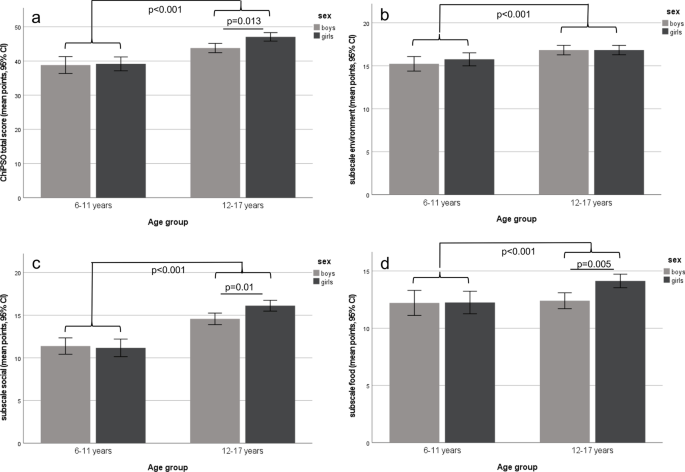Children’s Personal Significance of Olfaction — the ChiPSO Questionnaire
Abstract
Abstract
Introduction
The human sense of smell has different functions which can be categorized as “food,” “social,” and “environment.” Different questionnaires about the importance of olfaction in adults are available, but little attention has been paid to children and adolescents. Therefore, we aimed to develop a questionnaire about children’s personal significance of olfaction (ChiPSO).
Methods
The questionnaire was developed in two steps. The first questionnaire included 33 statements about the importance of olfactory information in daily life — covering three subscales “food,” “environment,” and “social” administered to 191 participants (mean age: 14.4 ± 1.7 years). The five best fitting items of each subscale were chosen for the final 15-item questionnaire. In the second part, we administered the developed questionnaire to 208 children and adolescents (mean age: 11.5 ± 3.5 years) who additionally underwent olfactory testing to investigate the association between olfactory function and questionnaire results. Participants were separated in two age groups: (i) 6–11 years (children), (ii) 12–17 years (adolescents).
Results
A significant influence of age on the total ChiPSO score and all three subscales with adolescents scoring higher than children was found. Additionally, there was a significant influence of sex in adolescents on total ChiPSO score and subscales “social” and “food” with girls scoring higher than boys.
Conclusion
We report an association between questionnaires results and olfactory performance. Additionally, olfactory information seems to be more important to adolescents compared to children and girls compared to boys.
Implications
The ChiPSO questionnaire is a practical tool to evaluate the importance of olfactory information in children and adolescents aged 6–17 years.


 求助内容:
求助内容: 应助结果提醒方式:
应助结果提醒方式:


